Summary
- Advanced character builds in Dungeons & Dragons offer both powerful battle abilities and opportunities for immersive role-playing.
- These character builds, such as Forest Gnome Thief/Illusionist and Scout Rogue/Lore Bard, provide unique combinations of classes and abilities.
- Consult with your Dungeon Master before using these advanced character builds to ensure they align with the rules and limitations of your game.
If you’re a long-time player of Dungeons & Dragons, you’ll likely find yourself playing the same character types over and over, or maybe you have been playing Dungeons & Dragons long enough to want a more complex character build to try. These character builds for advanced players will help you either way.
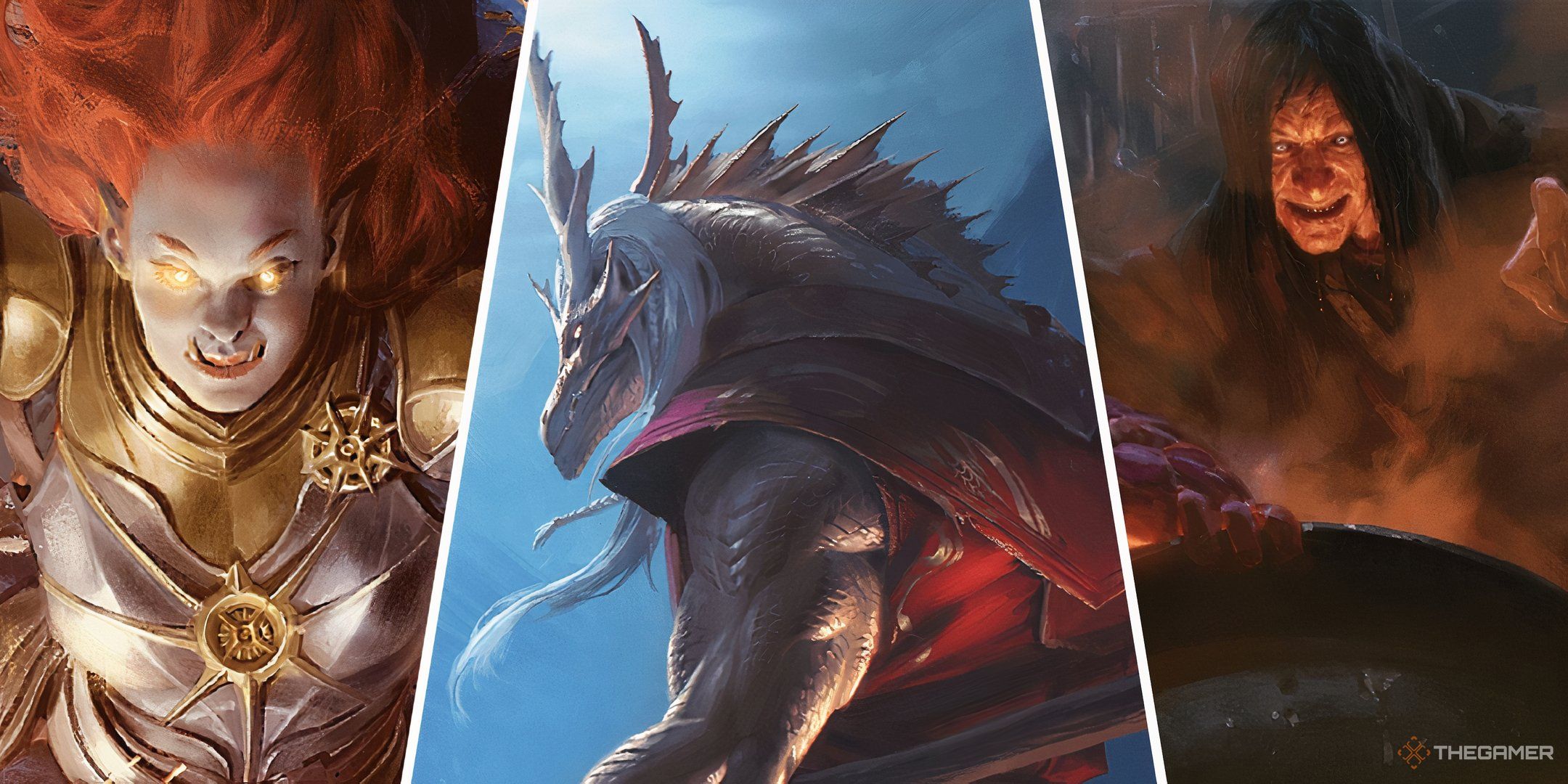
Related
Dungeons & Dragons: Alignment Explained
Learn everything about alignment in this Dungeons & Dragons guide.
These are the best character builds if you want characters that are not only powerful in battle but great for role-playing. Some entries give specific archetypes for a class, others simply give the base class. The Archetype is up to you in the later entries. You might want to consult your Dungeon Master to see if some of these builds will be off-limits.
Updated January 11, 2024, by Zackary Wiggs: There are plenty of ways to make a character in Dungeons & Dragons, but after making a few characters, it can be fun to see just how much damage one can do in a fight, how many spells you can cast, and just how impressive your skill points can be. These are just some of the amazing class and multiclass builds that people have come up with, now new and improved under the watchful eye of the 2024 ruleset of 5e, which lets you get even more creative with your character creation.
In most of these builds, a species is given as an example due to their traits and suggested ability score improvements. Though, under 2024’s rules, points added to ability scores through a species can be moved or replaced with feats as the player wishes, which means the ability score improvement that comes with a certain species can be ignored and added to other scores if you so choose.
21
The Long-Reach Paladin
Bugbear / Paladin / Sentinel
While paladins are a great and often-utilized choice for min-maxing characters, one combo that isn’t seen that much is the bugbear paladin. Genuinely, the hardest part of this build may be coming up with a solid backstory.
The key to this build is focusing on the bugbear’s inherent reach through their Long-Limbed trait. This, combined with a polearm with reach and the sentinel feat, means your one character can be a shield wall of damage for the rest of your party, stopping any enemy from moving past you for ten to fifteen feet on either side, and smiting along the way for extra damage.
With this build, as with many others, it’s best to double-check with your DM to make sure they will allow these abilities and attributes to all stack together.
20
Dark Wizard
Deep Gnome / Rogue & Wizard / Spell Sniper
Gnomes are a go-to for spellcasters due to their smaller stature and usual push towards inherent magic abilities. The deep gnomes (also known as svirfneblin) are found in the underdark, but their abilities can be used quite well nearly anywhere.
They get a free Disguise Self at third level and Nondetection at fifth per long rest. Combine that with their Magical Resistance, advantage on stealth checks, and Darkvision, and they make an amazing rogue, but that’s too easy.
Dip enough into rogue for Cunning Action, and then dump the rest of your levels into wizard. Being able to easily sneak through dark areas and sniping with spells is a great way to maximize damage without becoming an easy target like normal rogues sometimes can. Round out the class with the Spell Sniper feat, and you’ll have a force to be reckoned with.
The subclass of wizard is up to you, but evocation and necromancy have some of the better damage spells and abilities out there.
19
The Stealth Archer
Human Or Elf / Rogue & Gloomstalker Ranger / Sharpshooter
Rogues are a great class to pick if you want to do amazing damage per round of combat. Combine that with the overlooked ranger class and you have an archer that can take enemies down before they know you’re there.
Gloomstalker is by far the best subclass for ranger, as its Dread Stalker and Umbral Sight are ideal for sneaking and scouting ahead. Their level 11 ability is handy for follow-up shots, but it’s not necessary to put that many levels into ranger.
Focusing on rogue will make the most of your Sneak Attack and hiding abilities, although the gloomstalker’s spells don’t hurt either. Human or elves are great for both their skill points and Elven Accuracy, but either will round out the class well.
18
The Gnome Trickster
Forest Gnome / Rogue Thief & Illusionist
The combination of the thief and Illusionist classes has been a powerful combo since the second edition. It combines the skills of a thief with the power of magical concealment. Of course, being able to confuse and misdirect your enemies is another invaluable asset for a thief.
The forest gnome is a perfect fit for this class combination; its +1 to Intelligence and Dexterity help both classes. Because gnomes get the Minor Illusion cantrip for free at first level, when becoming an illusionist at second level, they get a free cantrip of your choice.
17
The Perfect Scout
Half-Elf / Scout Rogue & Lore Bard
This is not only a well-rounded character build but one of the best you can use if you find yourself separated from the party in hostile territory. To start this build, you will want to pick a species that gives bonuses to Intelligence, Charisma, or Dexterity. Pick a species that gives a bonus to at least two of these stats; good choices are half-elves, satyr, and yuan’ti.
This class is perfect for scouting ahead of the party (a little) to check for belligerent entities. The scout rogue part of this character will allow you to remain unseen and better exploit an opponent’s weaknesses. While the lore bard part will let you magically persuade enemies to join your side before, or during, a fight.
16
The Wild Berserker
Any Species / Moon Druid & Barbarian
The barbarian and druid classes are a perfect match. Both shun large cities, preferring to live among nature. Both also play a part in preserving nature, albeit this is more a role for druids. Combining barbarian and druid gives you a character that will probably have more hit points than anyone in the party, can fight in melee as well as the party’s tank (this character might be the tank), can summon forest creatures to aid your party, and can serve as the party healer in a pinch.
The healing granted with the Wild Shape ability of the druid class makes this build insanely hard to kill in combat. The moon druid path allows maintaining concentration spells while in Wild Shape.
15
An ArtiChron
Any Species / Wizard Chronurgist & Artificer
This build has become infamous among DMs, with many bordering on not allowing it anymore. The reason is how the chronurgist manipulates the game. Did that boss just pass a critical saving throw? A (high level) chronurgist can cause that enemy to fail their saving throw.
Combining this with artificer, the party now has access to magic items that will provide a huge help — like bags of holding. Artificers can also improve the party’s items with their infusions. Adding artificer to this build helps mitigate many of the penalties of the wizard class.
14
The Cleric Healer
Any Species / Lore Bard & Cleric
Every party needs a healer. It’s possible to get by without one, but not advisable. The cost of buying healing potions for an entire party starts adding up, and they can only be used once. Combing lore bard gives this build some offensive power and the ability to avoid conflict in some situations.
The Magical Secrets feature of the bard class will let you add spells like Aura of Healing (a paladin spell) or Healing Spirit (a druid spell) to the character’s list of known spells. It might be best to start this build with cleric for the better Wisdom saves, then switch to bard.
13
The All-Around Combatant
Any Species / Fighter & Sorcerer/ Quickened Spell Metamagic
This can be one of the most potent combinations of classes if the right feats and skills are selected. The first and most obvious benefit is the character will have the martial skills of the fighter class coupled with the arcane spellcasting ability of the sorcerer class.
If the Quickened Spell meta-magic option is taken, then the character can get their full attacks and still cast a spell with a casting time of one action, as long as the character has sorcery points to spend. It is recommended the character starts as a fighter to get the bonus armor and weapon proficiencies.
12
The Tabaxi Monk
Tabaxi / Way Of Shadows Monk/ Mobile
The combined abilities of the tabaxi species and the monk class are almost game-breaking, and when the abilities granted by the thief class are added, it is just plain unfair for the DM. For this build, it is best if the monk learns the Way of the Shadow tradition.
At second level, this character will have a small assortment of spells, like Silence and Pass Without Trace, that are great for rogue-ish activities. At sixth level, this allows this character to move from one shadow to another within 60’. The tabaxi and monk combination will allow for unrivaled speed during combat.
11
The Tiefling Hexblade
Tiefling / Hexblade Warlock / Eldritch Spear
Best as a tiefling or half-elf because of the charisma boost, which is an essential stat for your spellcasting ability; this is one of the more popular advanced builds. This versatile build can be simple or complex, so it’s also ideal for newer players who are looking for a challenge.
Essentially, this is a warlock that overlaps into melee combat, and the extent of that is really up to you. Your hexblade can lean more into melee damage or keep the distance of a spellcaster with abilities like Eldritch Blast.
Modify this with Agonizing Blast and Eldritch Spear, and you have a character that can cause chaos with just their go-to cantrip.
10
Lizardfolk Bug Master
Lizardfolk / Ranger Swarmkeeper & Druid
The lizardfolk people are natural divine casters thanks to the +1 they get to Wisdom, and the +2 to Constitution they get is always nice for the extra hit points. The character should start as a ranger for the bonus armor and weapon proficiencies. The armor restrictions of the druid are negated (for the most part) by the natural armor bonus of lizardfolk.
The bite attack of lizardfolk will complement the fighting abilities of the ranger class should the character use melee weapons. The swarm of insects or spirits the swarmkeeper gains is a decent multipurpose tool in battles, and the bonus spells granted by the swarmkeeper class are also helpful in a fight.
9
Elven Sharpshooter
Elven Species / Fighter / Crossbow Expert
For this build, the elf species isn’t too important — any species that gets a Dexterity bonus will do. This build also relies on the use of a hand crossbow. Larger crossbows do not work with this build. With the fighter class, you will, of course, choose archery for your fighting style, giving a +2 to attack rolls with the crossbow.
The crossbow expert feat allows you to ignore the loading time for crossbows, avoid being at a disadvantage when in melee, and most importantly, allows the character to use their bonus action to fire their hand crossbow. At fifth level, this build allows for three attacks per round, the only limitation being that the player needs bolts for the crossbow.
8
Close-Quarters Druid
Any Species / Moon Druid / Grappler
Druids are one of the most versatile and complex characters available, and there’s a myriad of choices available for more advanced players who have experience with the class. Druids who are part of the circle of the moon, or moon druids, have the ability to turn into a Wild Shape as early as level two. That can be a benign, helpful animal like a draft horse or a giant insect.
The key to this build is the grappler ability, which is great for defense, offense, and crowd control. Combine the moon druid with the grappler ability at level eight, and the druid can turn into a giant scorpion that can use the Grapple action with their pincers, making their attack that much deadlier. A burrowing animal could use grapple and burrow together to bury an opponent alive.
7
The Warforged Machinist
Warforged / Fighter & Artificer
Warforged was definitely a class best left to those who are very familiar with the rules, but in fifth edition, they have been better balanced. Combining the warforged species with the fighter class makes for a great tank character, and by adding artificer, the character can now heal party members, cast support spells, and empower items with infusions.
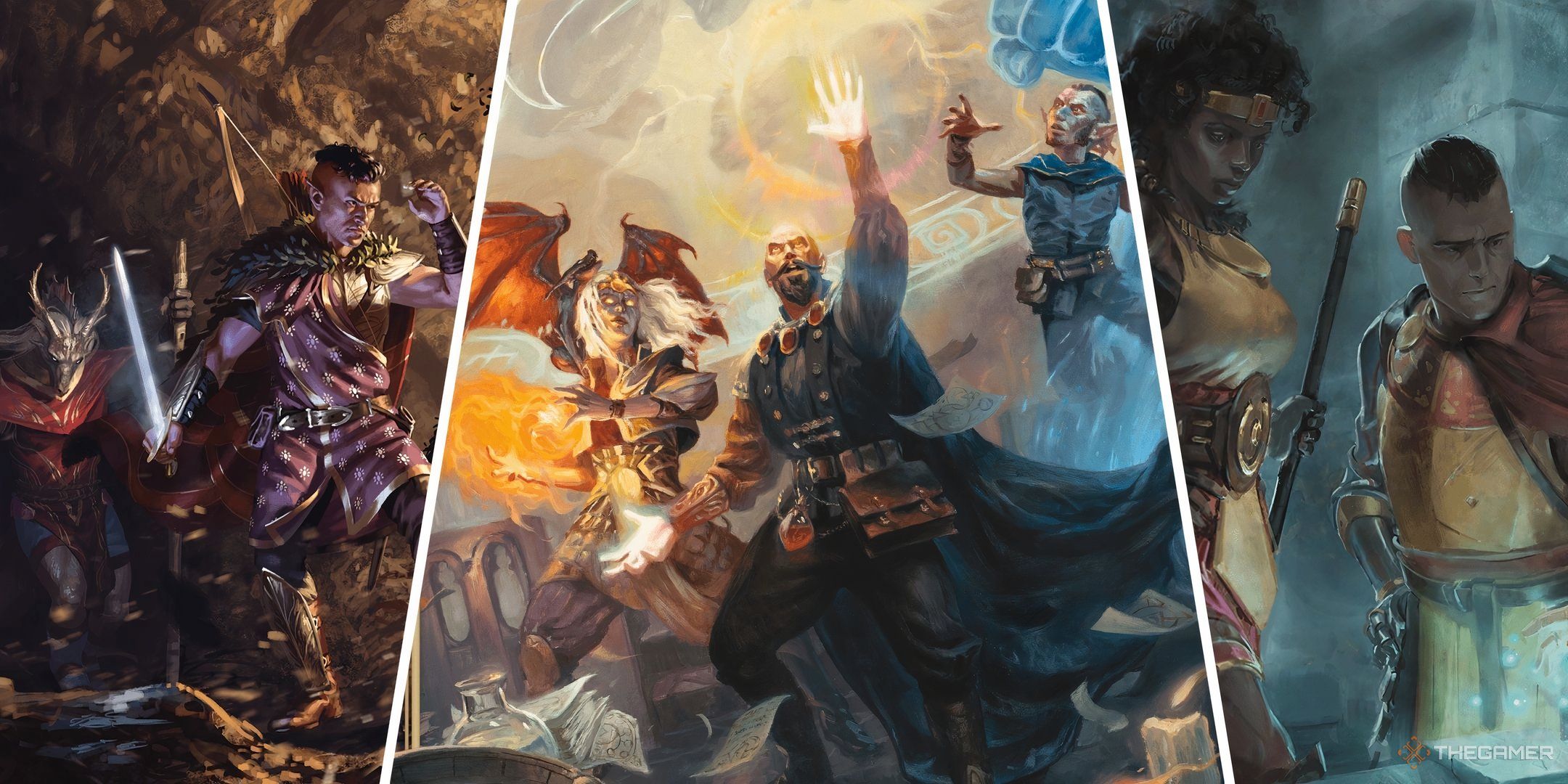
Related
The infusions and replicated magic items an artificer can provide are incredibly useful. The Many-handed Pouch is great for holding healing potions. Since a warforged does not require sleep, this character can make healing potions while the party rests.
6
The Winged Cleric
Aarakocra / Zeal Cleric & Ranger / Sharpshooter
The aarakocra’s ability to fly works well with a ranger that specializes in distance weapons. The sharpshooter/crossbow expert combination works well with this character build as well. By combining an aarakocra hunter with a zeal cleric, the character now has the ability to get to wounded party members on the battlefield quickly and heal them.
The zeal cleric class will also boost (for a few rounds) the number of attacks and provide devastating area-of-effect spells that can now be cast from above. At fifth level, zeal clerics get a fireball bonus spell, and at second level, they can elect to deal maximum damage with fire or lightning damage with their Channel Divinity ability.
5
The Devil-Touched
Half-Elf / Paladin & Warlock
The half-elf paladin warlock seems like an odd pairing, and it is, but this multiclass combination can be extremely deadly in a fight. The paladin class should be taken first to benefit from the bonus armor and weapon proficiencies.
At second level, the warlock gains access to the eldritch invocation Devil’s Sight, which allows the warlock to see in normal and magical darkness. At third level, the warlock gets the ability to cast Darkness. These two abilities, when used together by a paladin in melee, are scary. The oath of ascetic works well with this build for the bonus hit points, armor class, and for the bonus immunities at fifteenth level.
4
The Scaled Barbarian
Dragonborn / Barbarian Berserker
Are you a D&D player who likes Skyrim? Here’s a possible build for your Dovahkiin character. These humanoid dragons are intimidating already, with their tapered dragon noses and six-foot stature, so let’s take that to the next level and combine it with a class that has a range of abilities to make them even more terrifying: the barbarian.
This is an ideal character for an advanced player who wants something fairly complex, but not a spellcaster, just a warrior that breathes fire. Benefits like Path of the Berserker and Fast Movement make an already large and dangerous character even more savage.
3
The Snake Illusionist
Yuan-Ti / Trickery Cleric & Bard / Crossbow Expert
This build is an excellent support character and is also great for immersive role-playing purposes. The trickery cleric domain and the bard class are very complimentary – the bard isn’t a class built for close combat, and the trickery bonus spells help with this deficiency.
The Illusionary Duplicate gained via the trickery domain can be used to cast spells, which now includes selections like Cloud of Daggers and Psionic Blast. Since bards are proficient with hand crossbows, this would be another class that could benefit from the Sharpshooter/ Crossbow expert combination. If heavier armor is desired, then the cleric class is another option.
The yuan-ti’s ability to resist spell damage also comes in handy for spellcaster vs spellcaster fighting.
2
The Half-Giant Knight
Goliath / Rune Knight/ Sentinel
First off, goliaths probably descended from giants at some point in their species’ history, so playing a goliath rune knight just seems appropriate. They can speak the language of the giants at first level, after all. With the polearm master feat, the character gets an opportunity attack if a creature moves within weapon range.
With the sentinel feat, any enemy hit by an opportunity attack has its speed reduced to zero for the rest of the turn. With this tactic and the goliath’s size, which can be made bigger with rune magic, this character build is great for standing at a choke-point and keeping opponents away from the arcane spellcasters.
The charger and grappler feats are also a great way to use the goliath’s size and strength to your advantage.
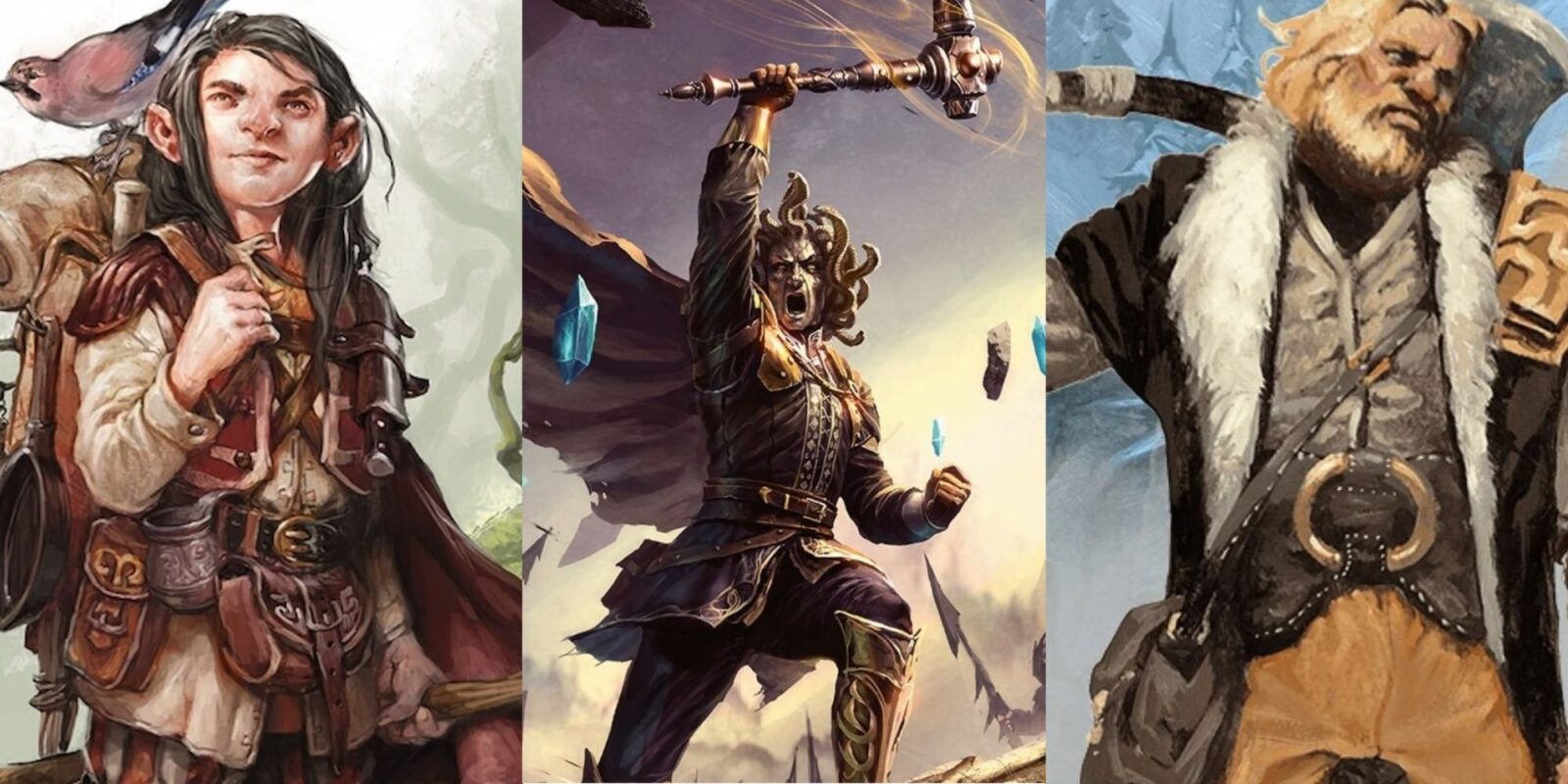
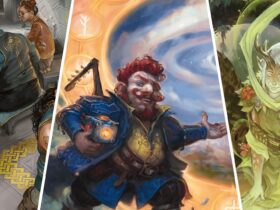
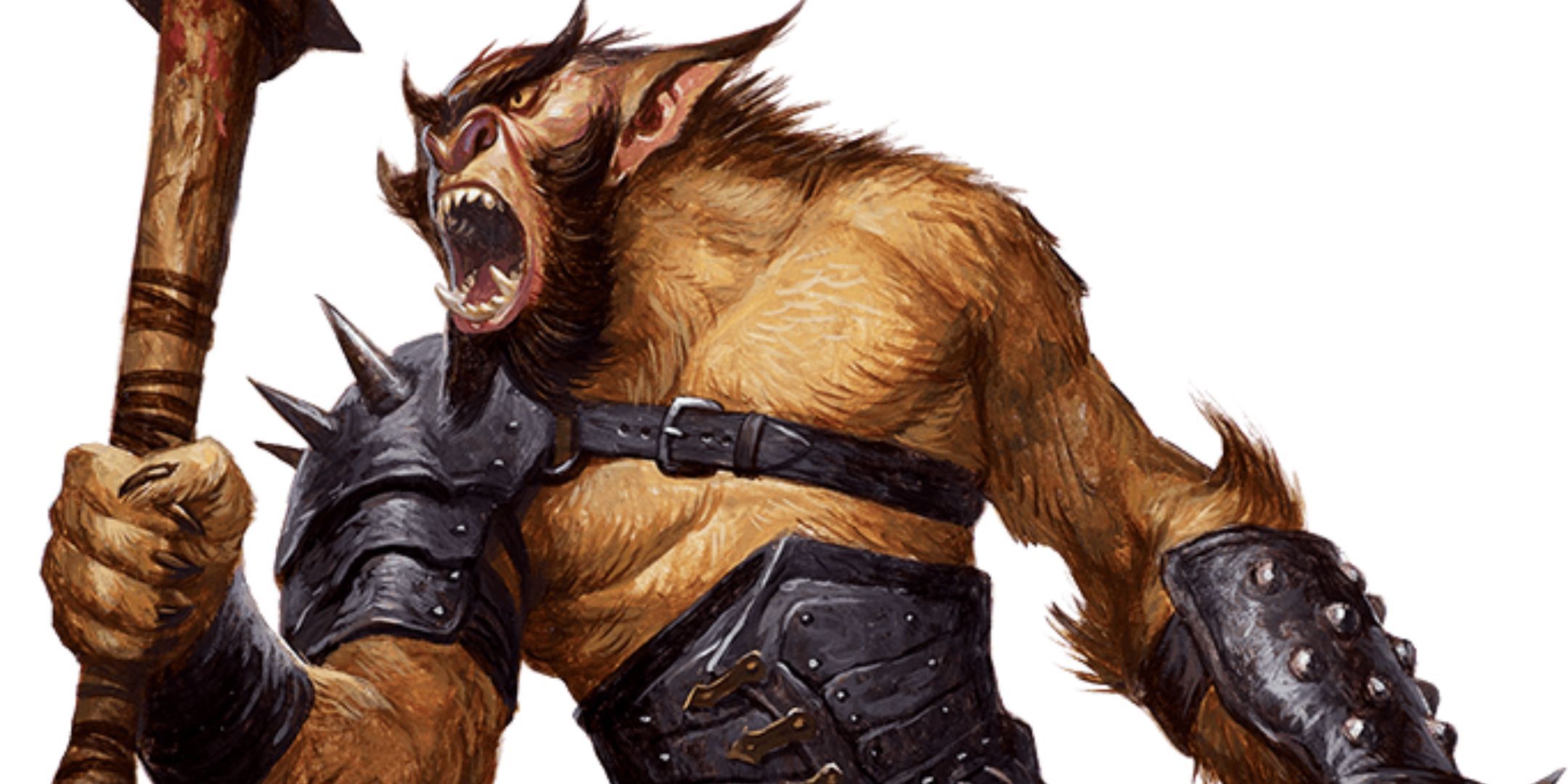
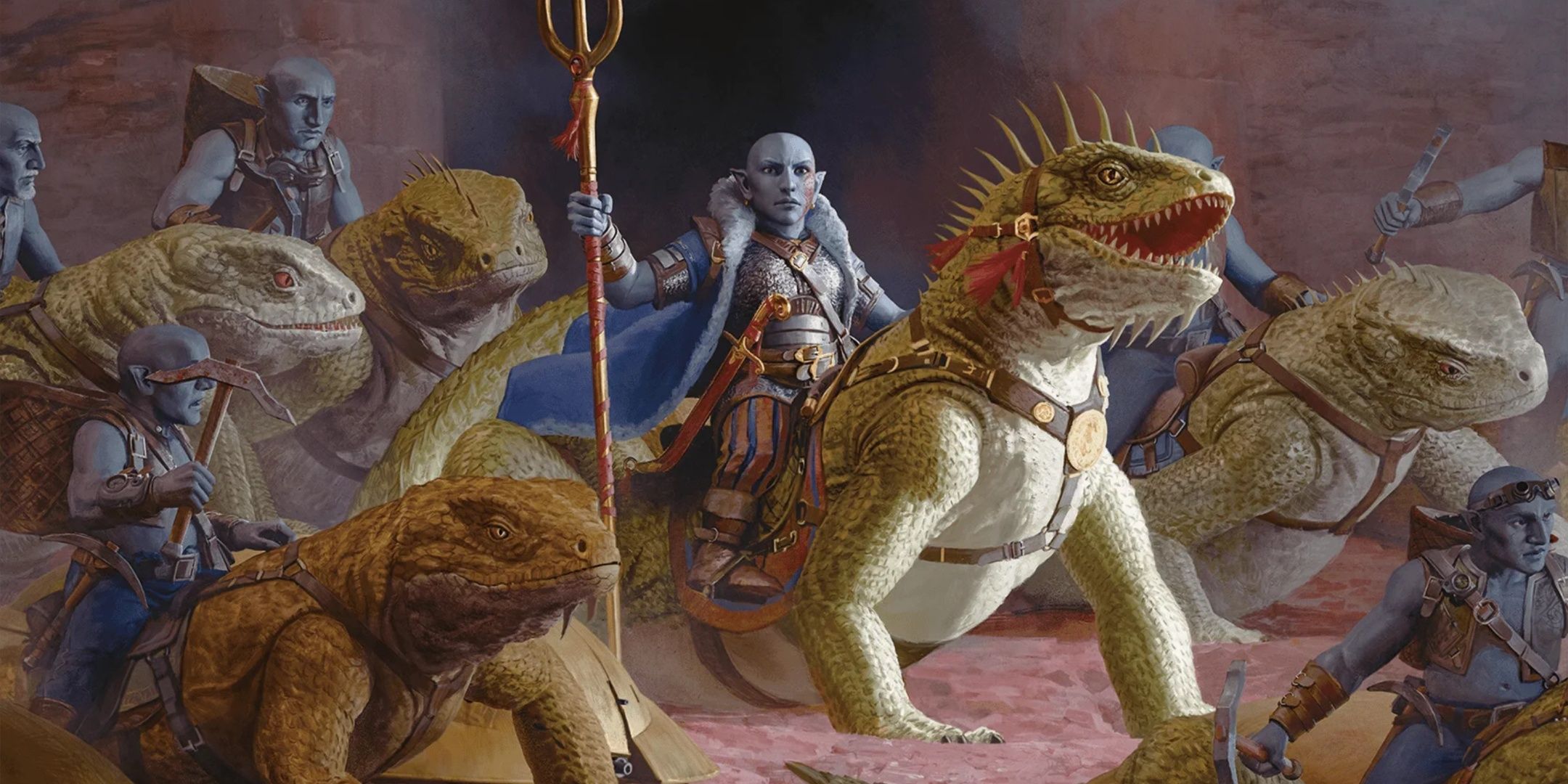
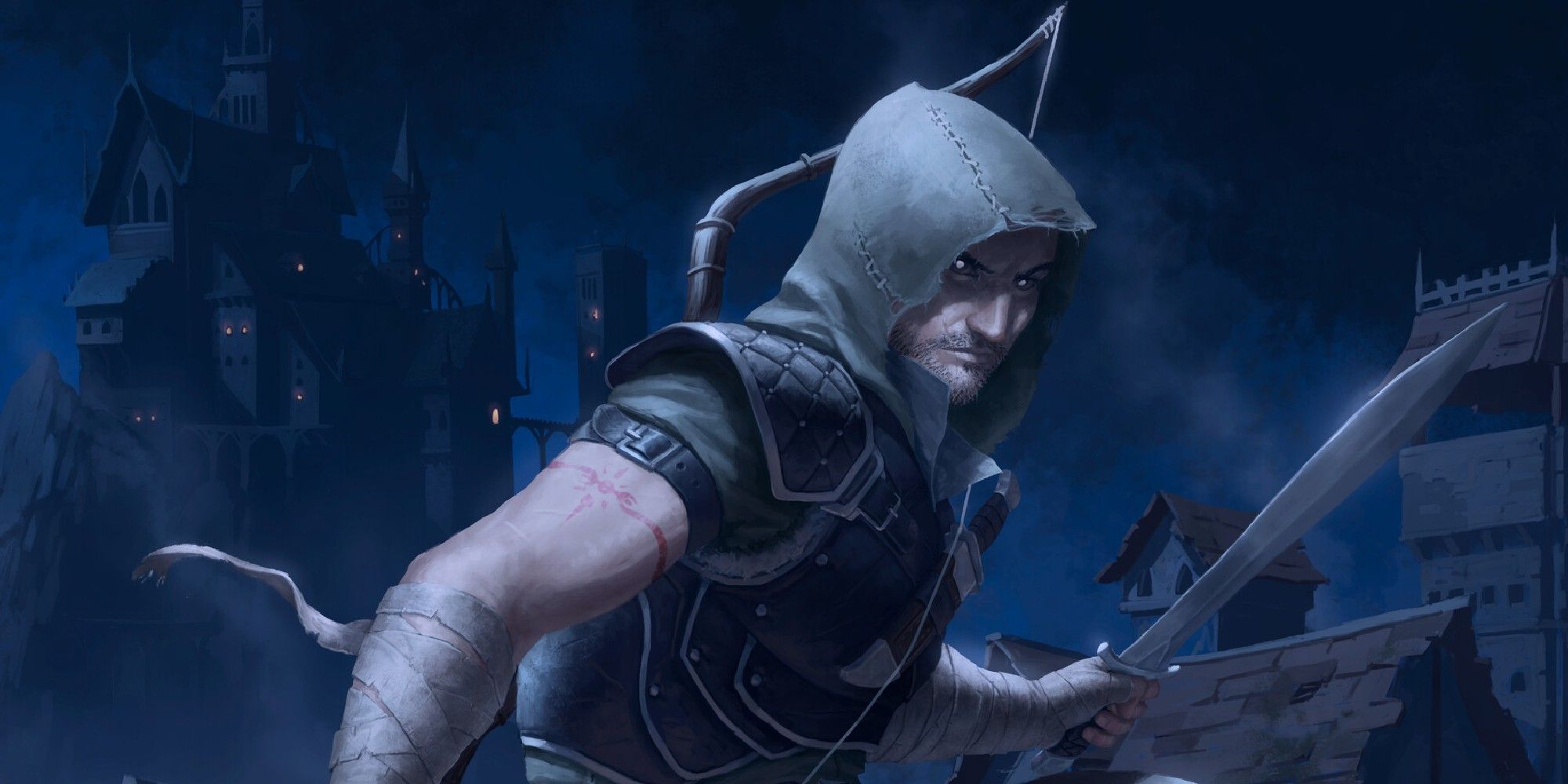
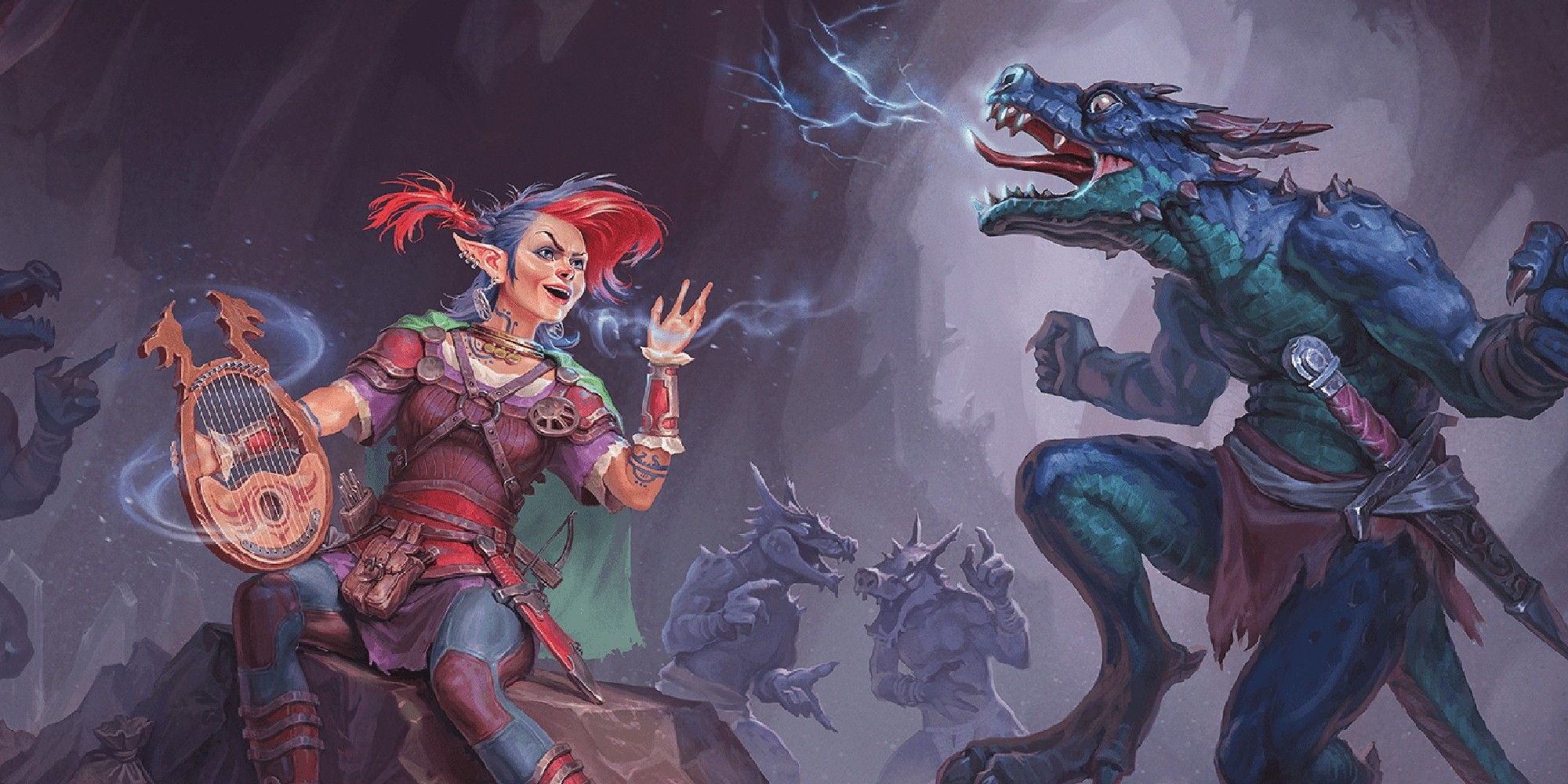
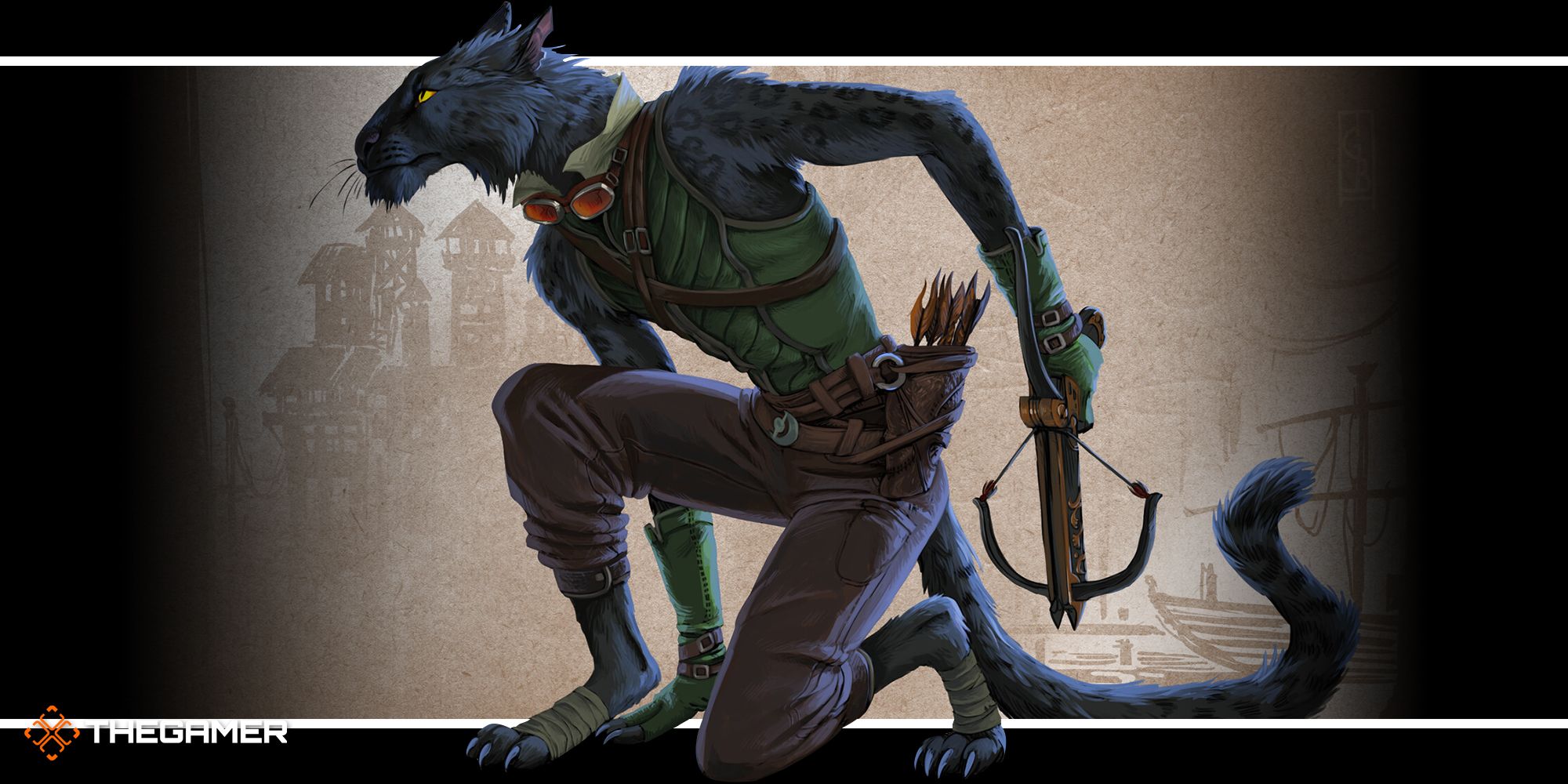

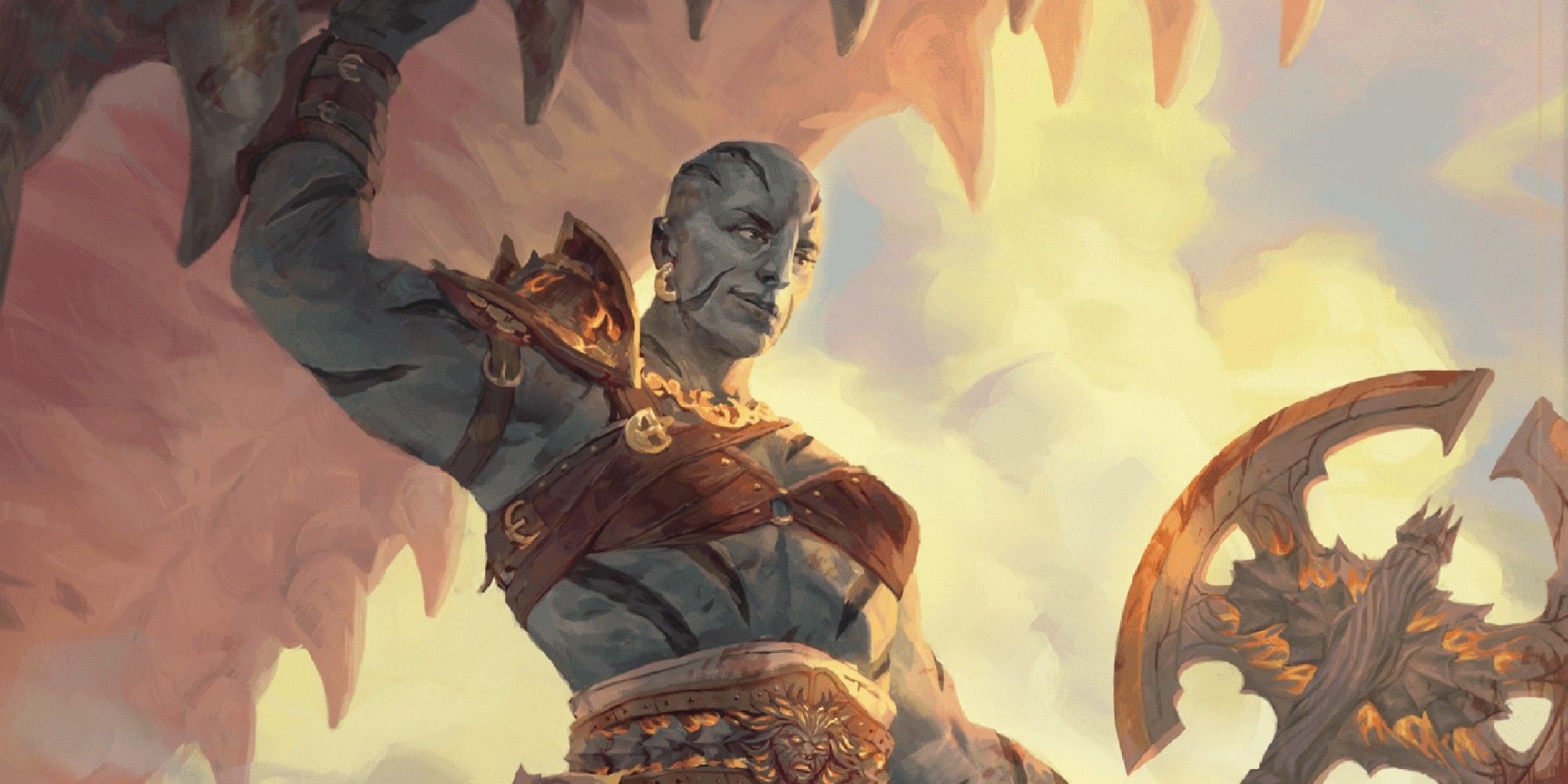
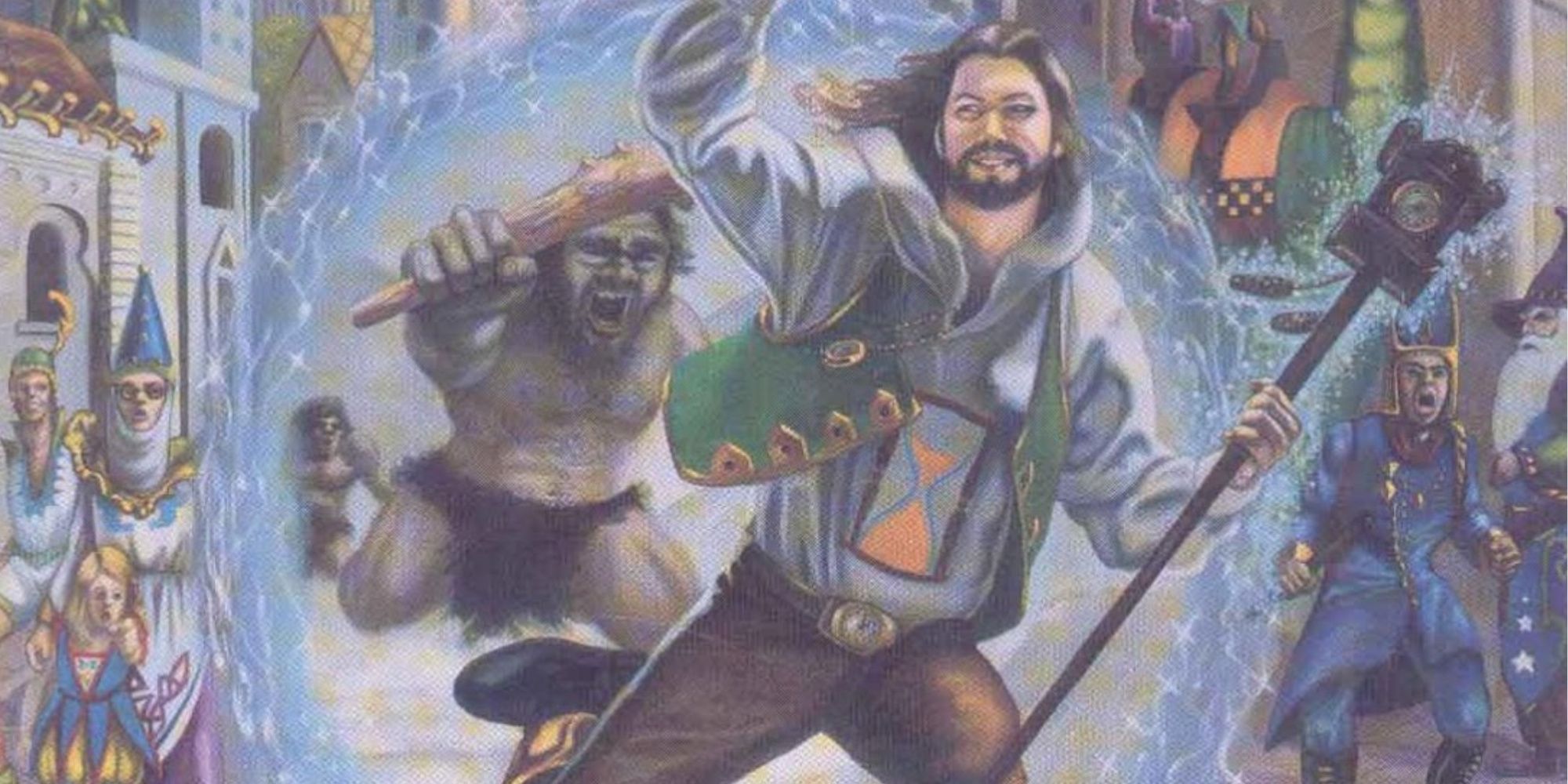

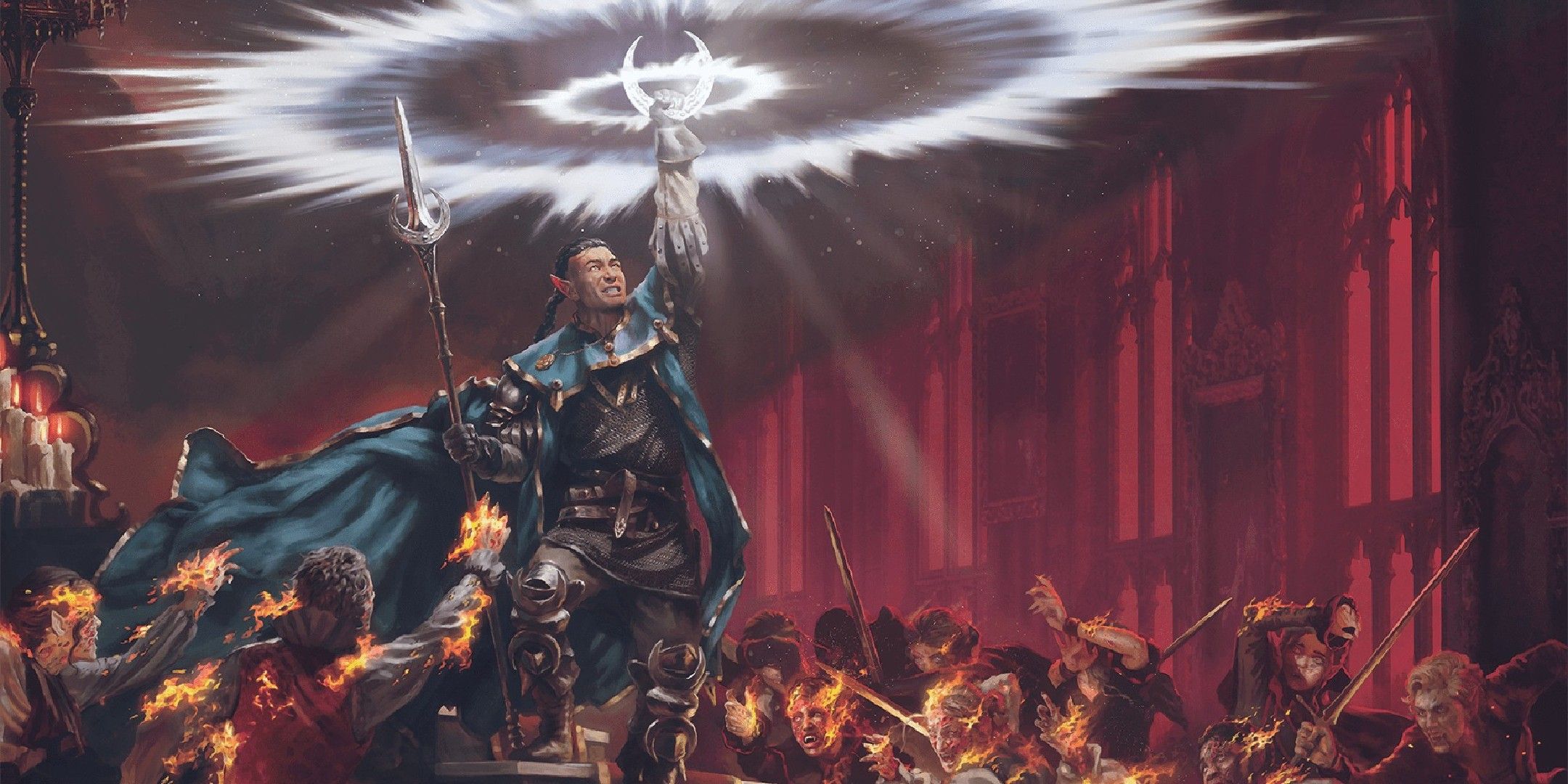
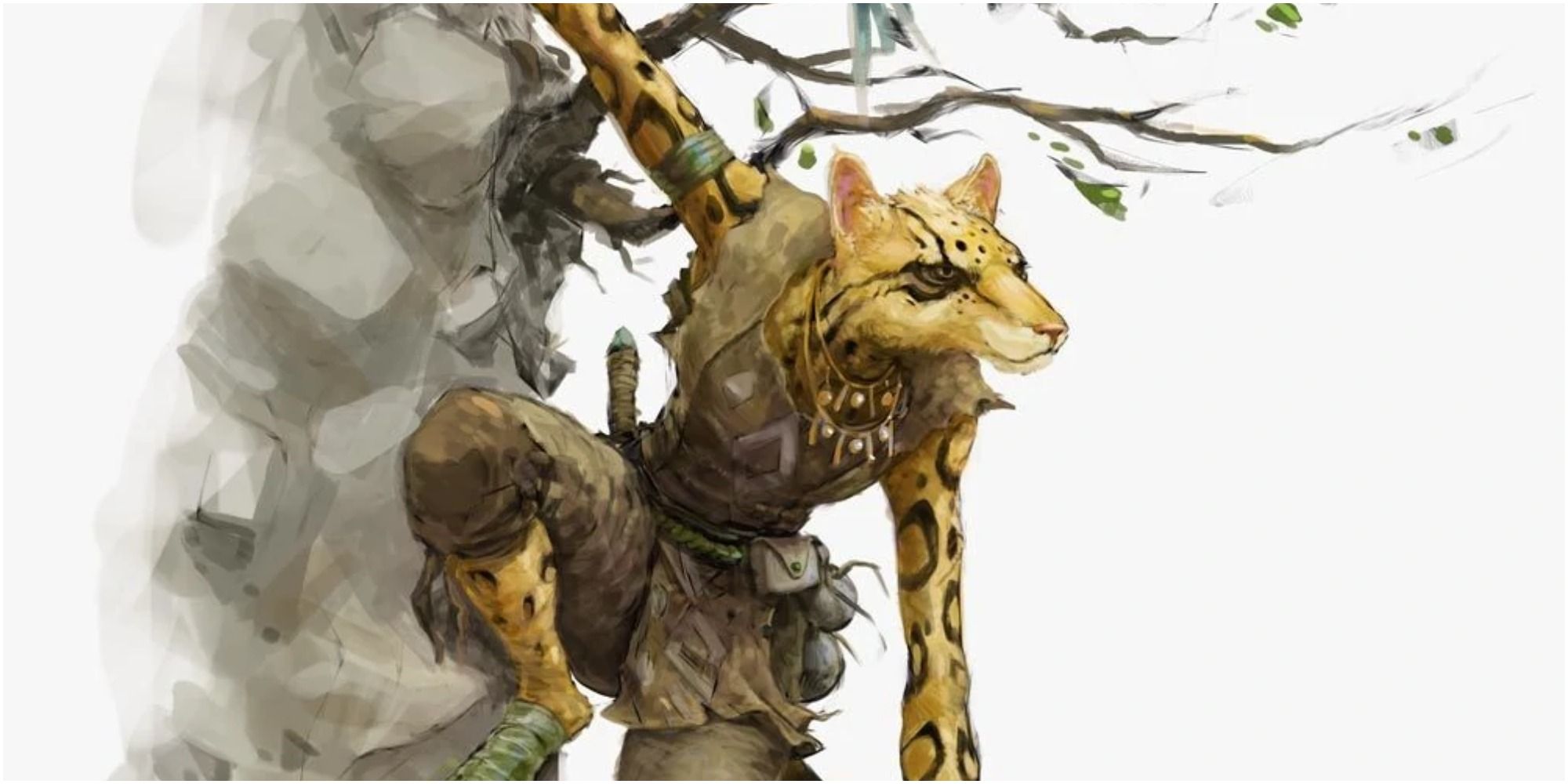
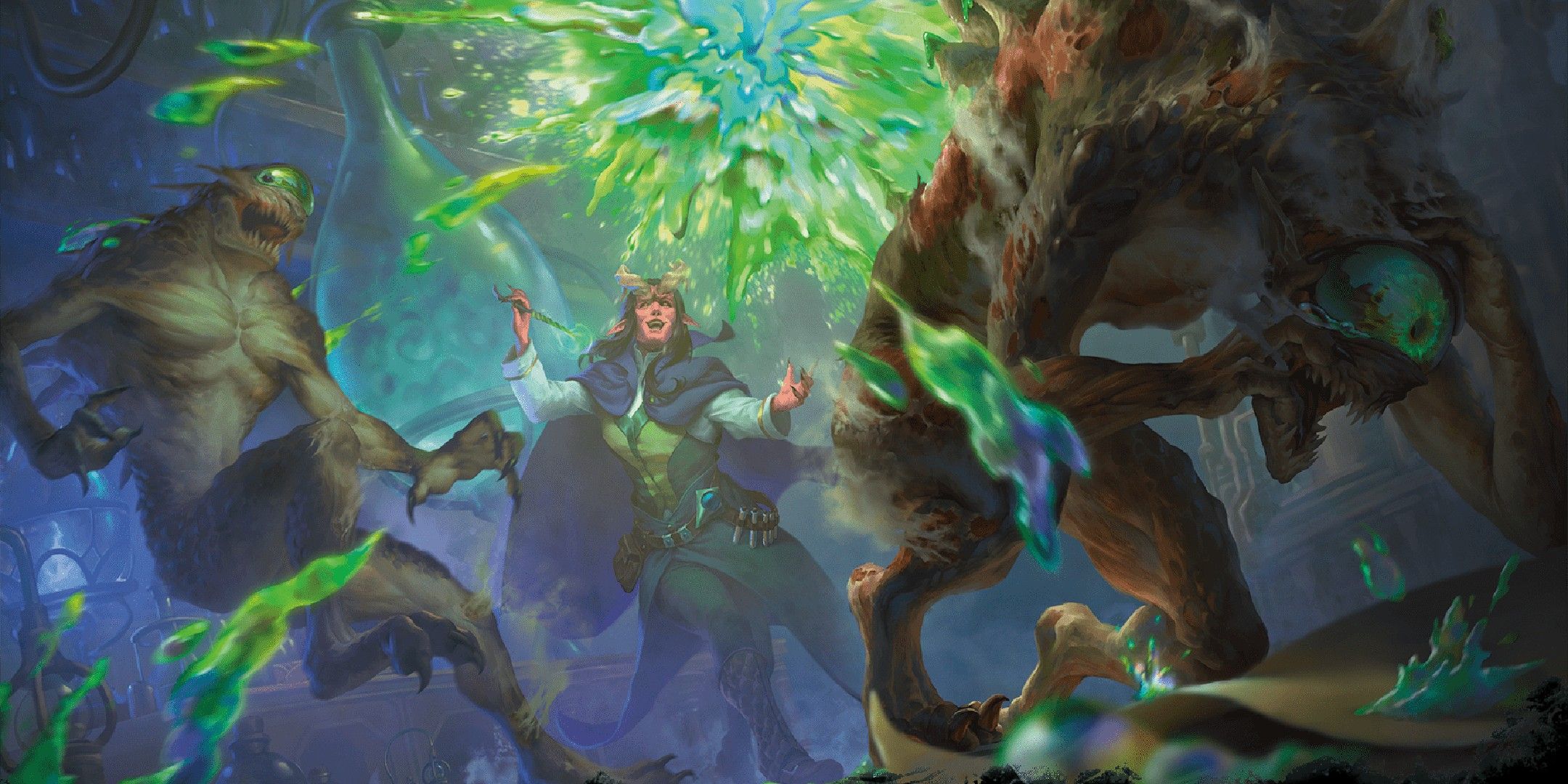
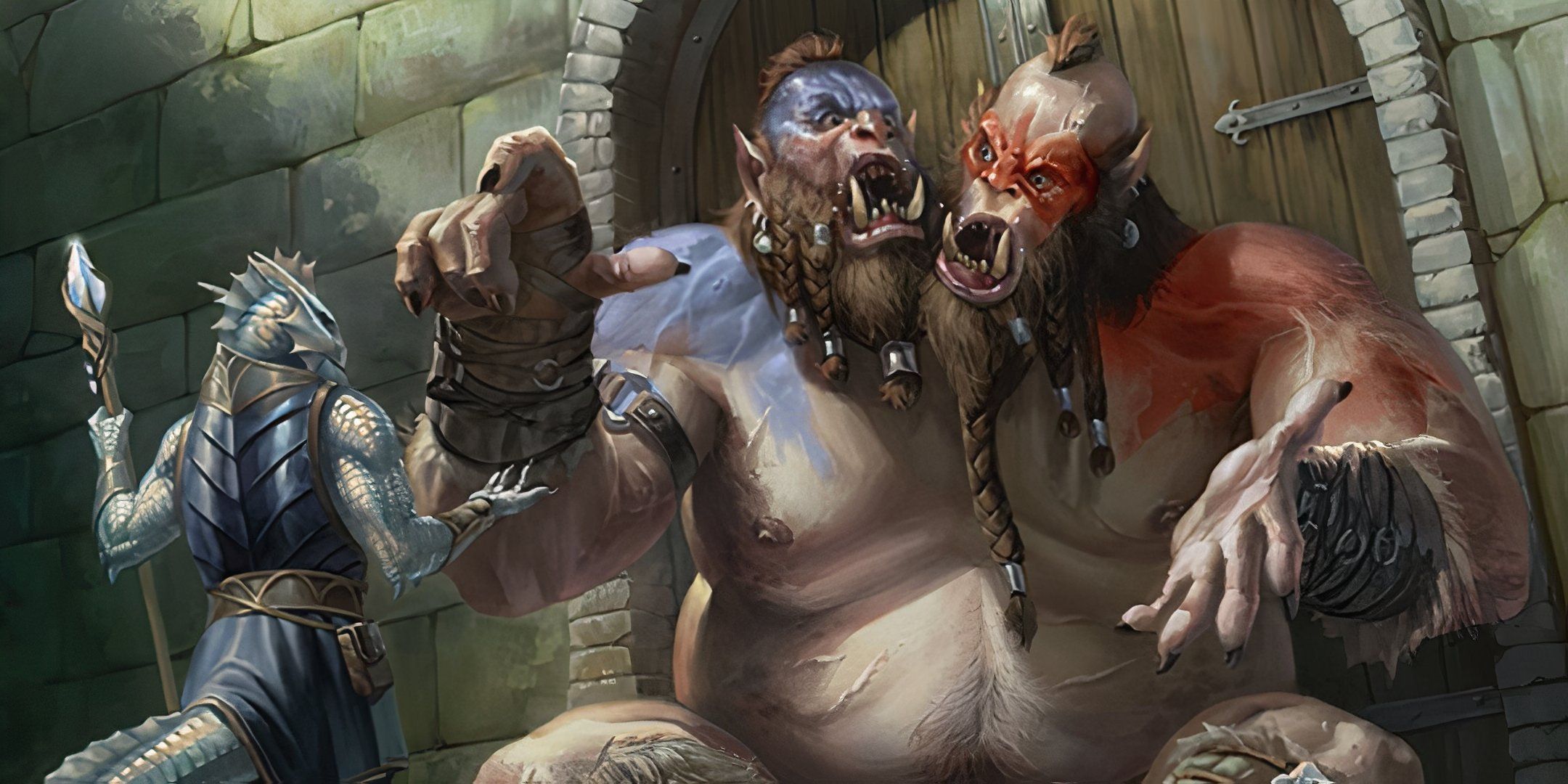
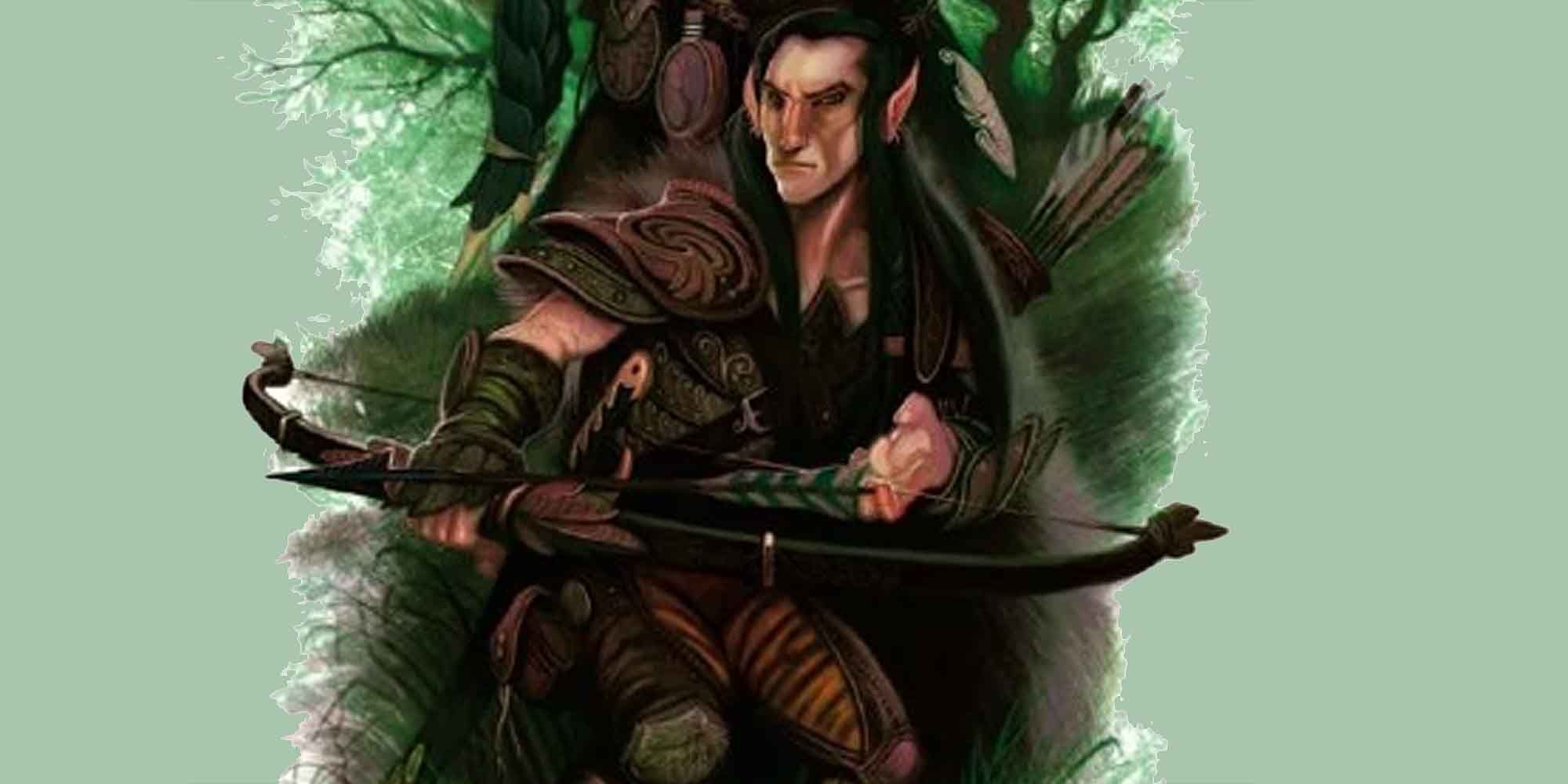
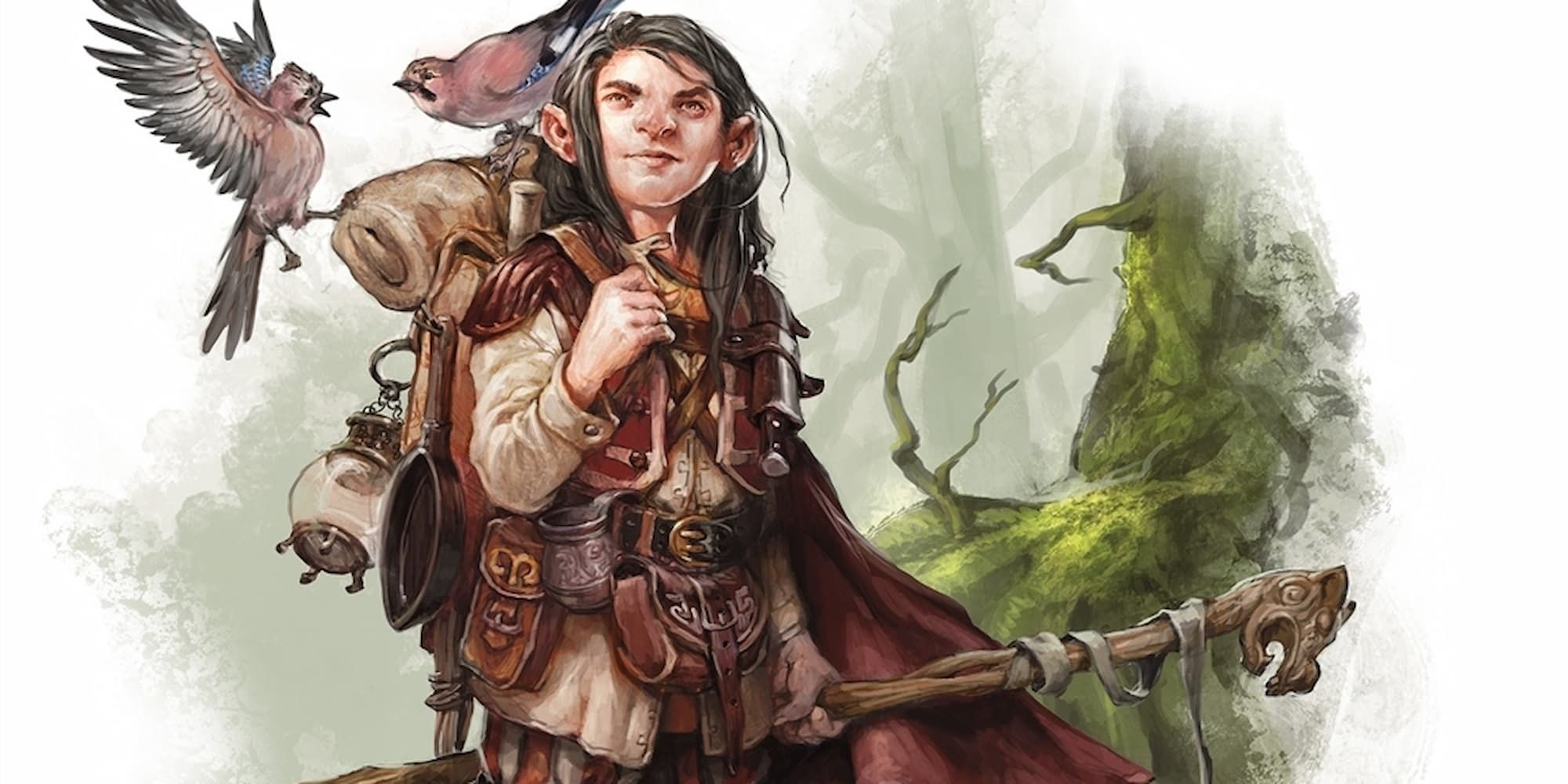
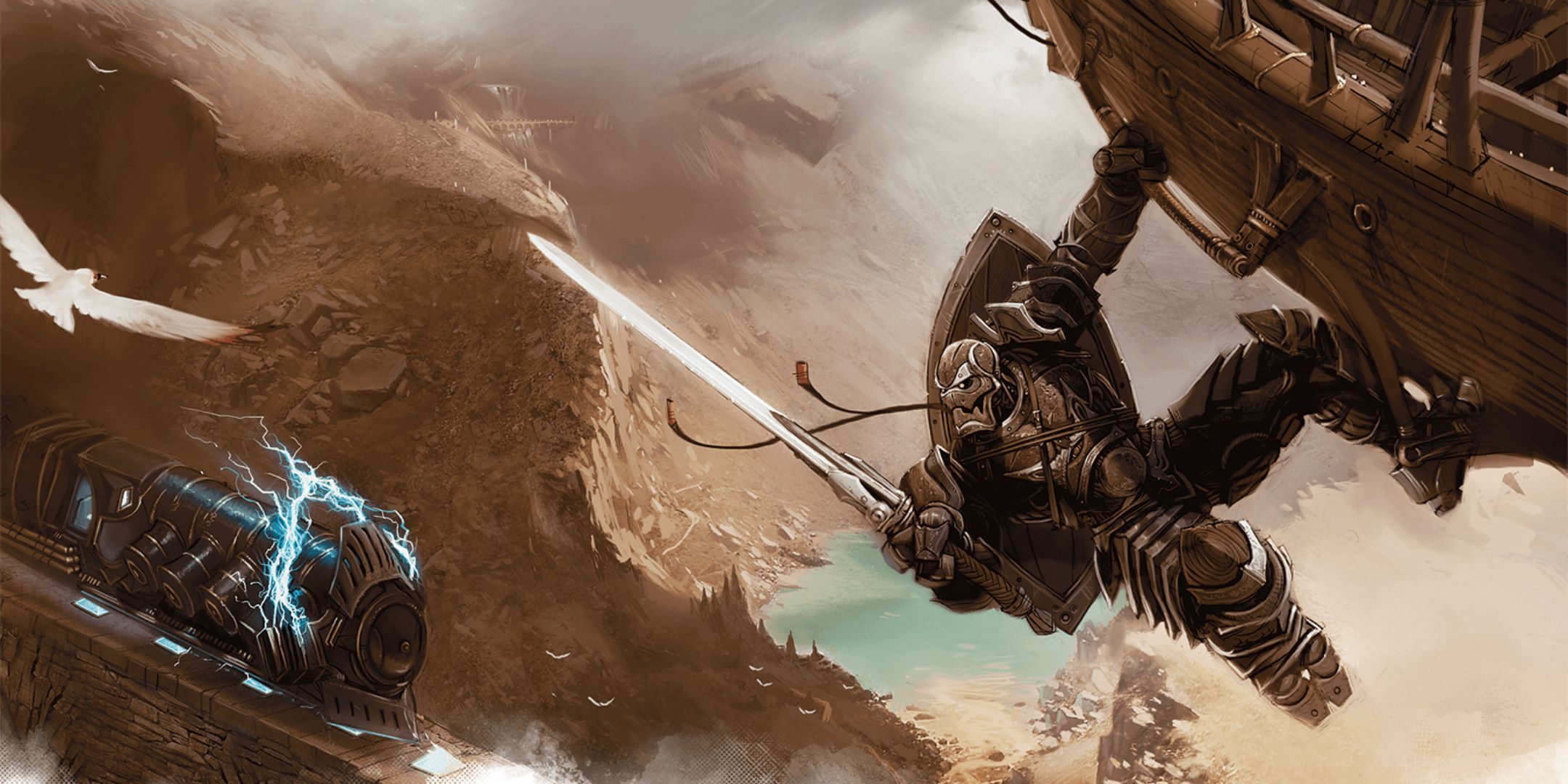
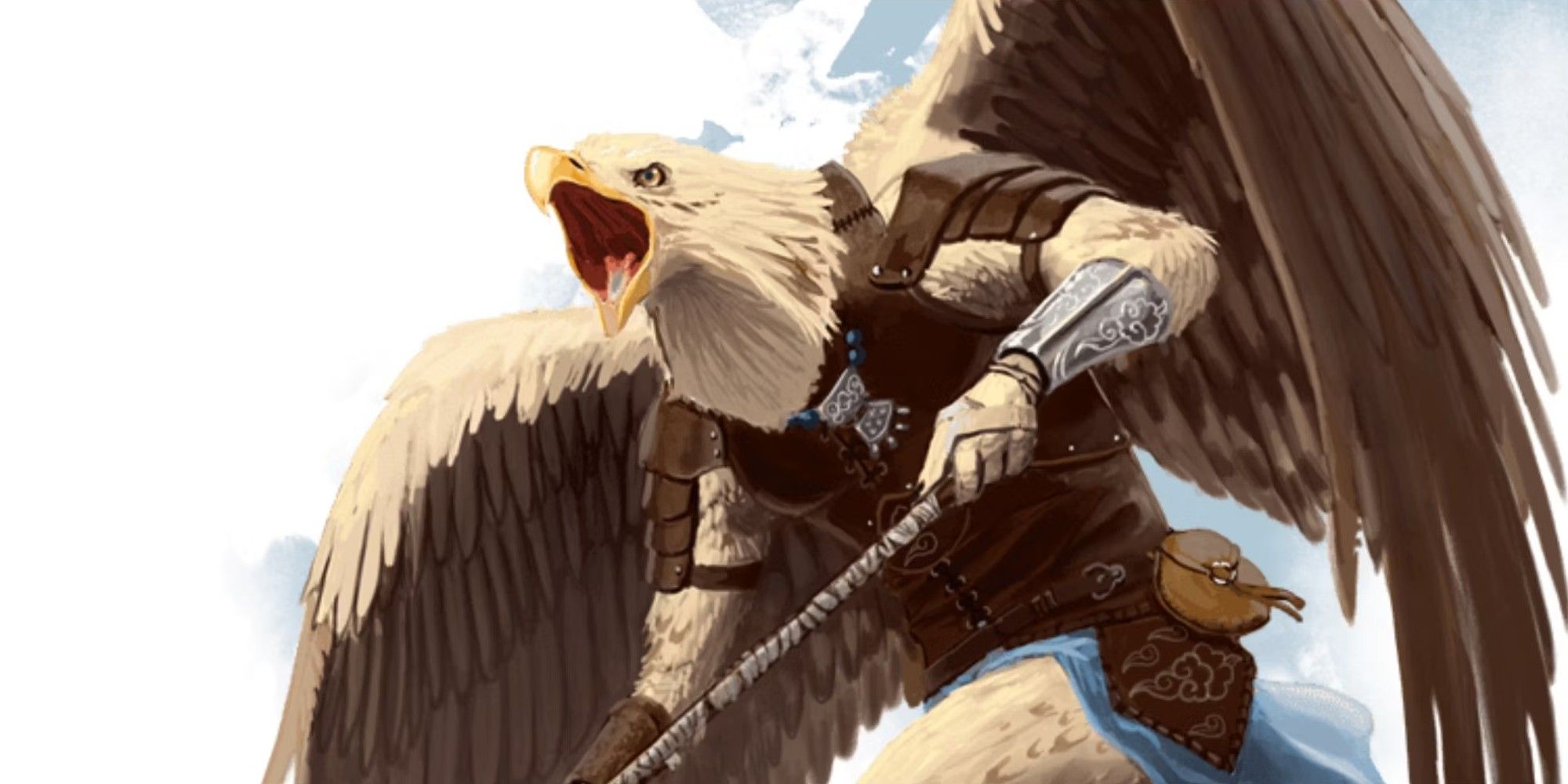
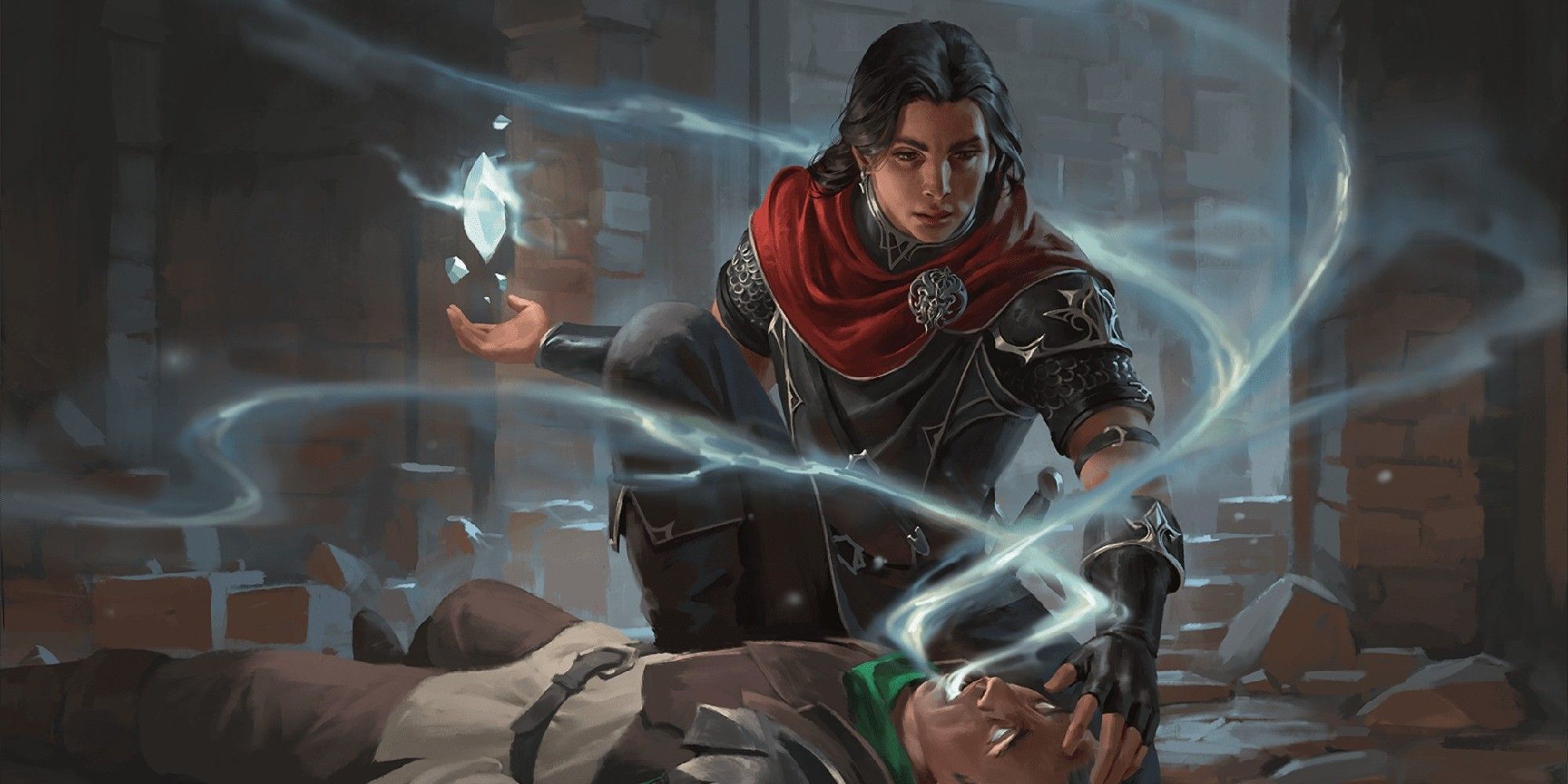
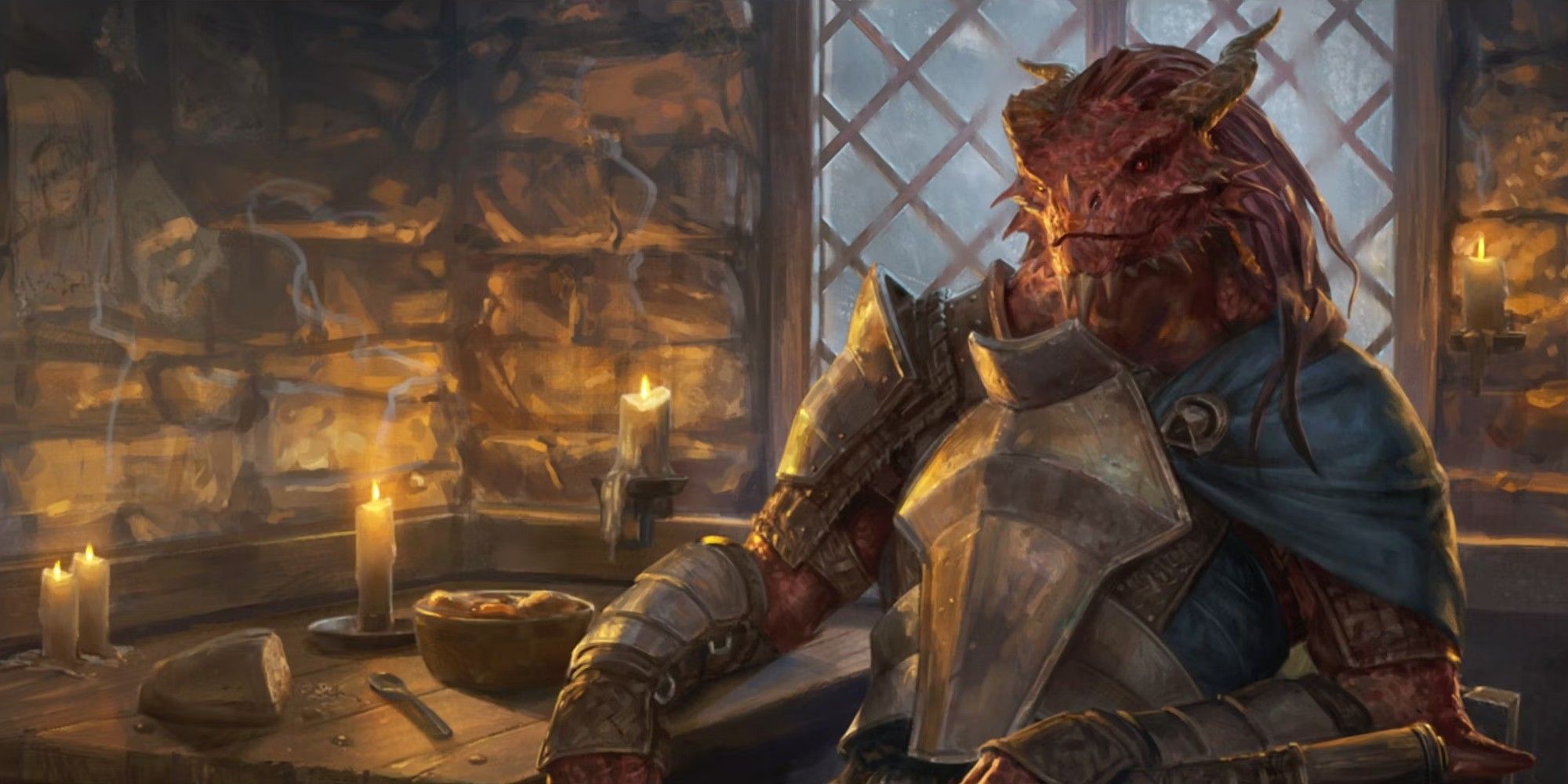
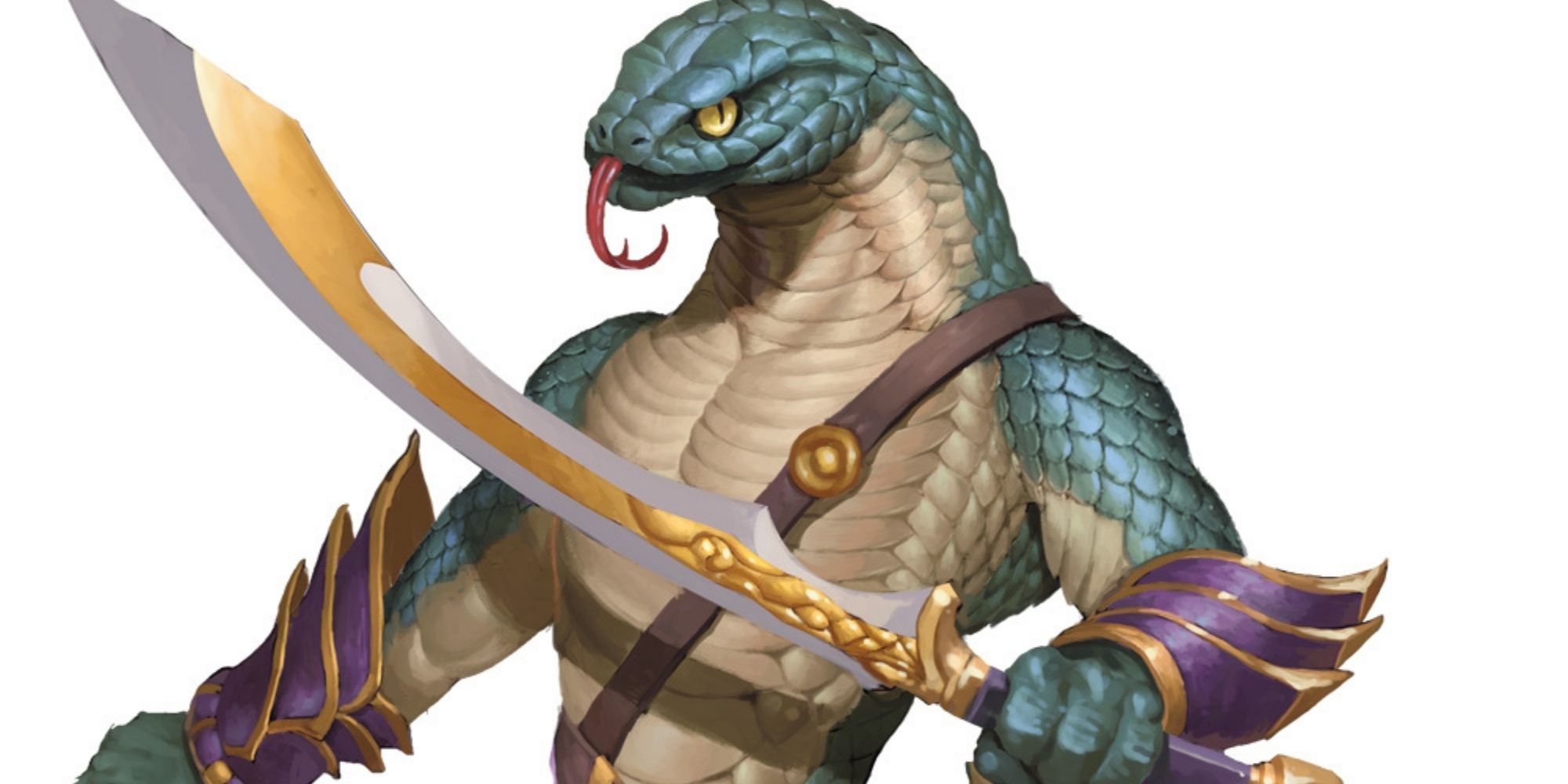
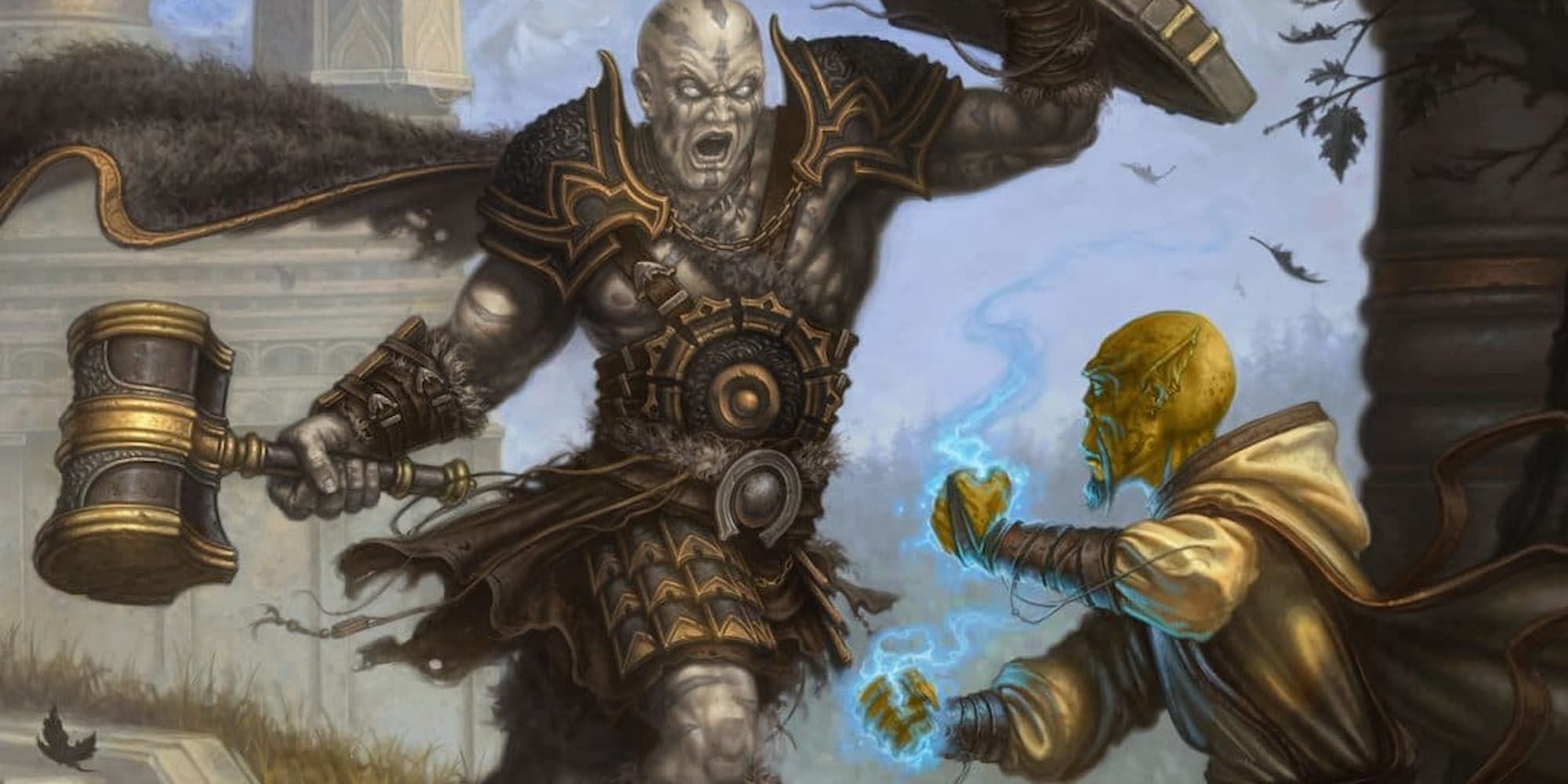




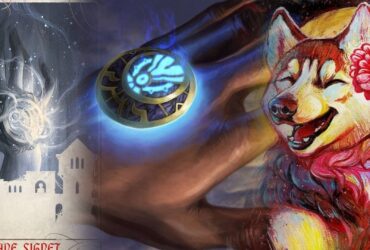





Leave a Reply